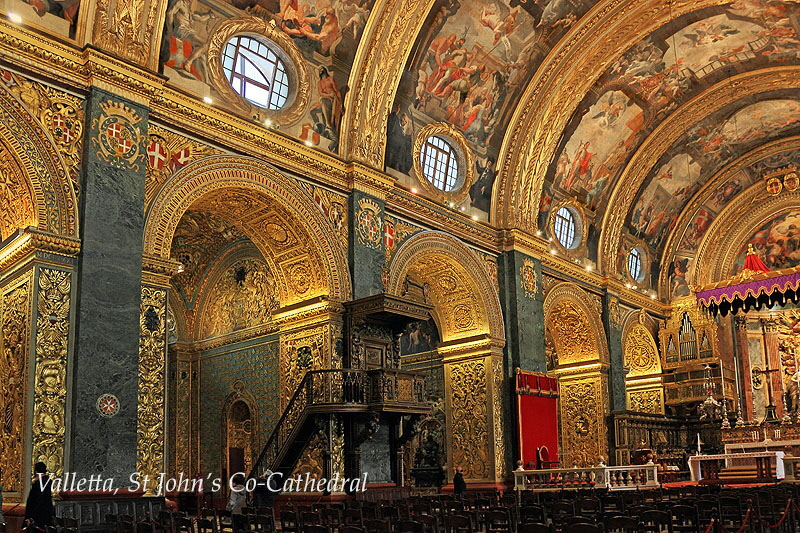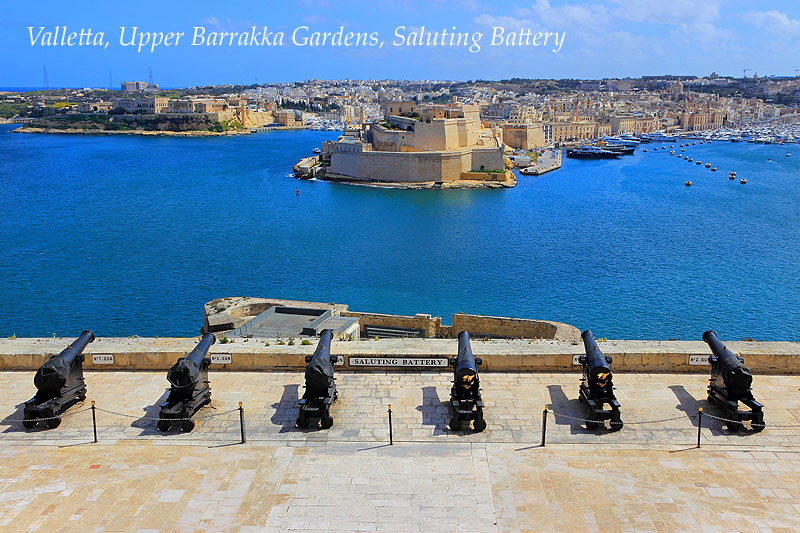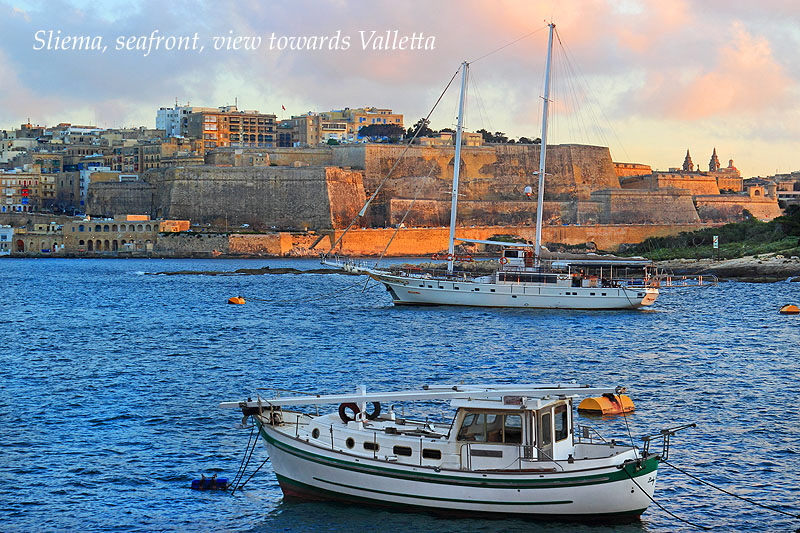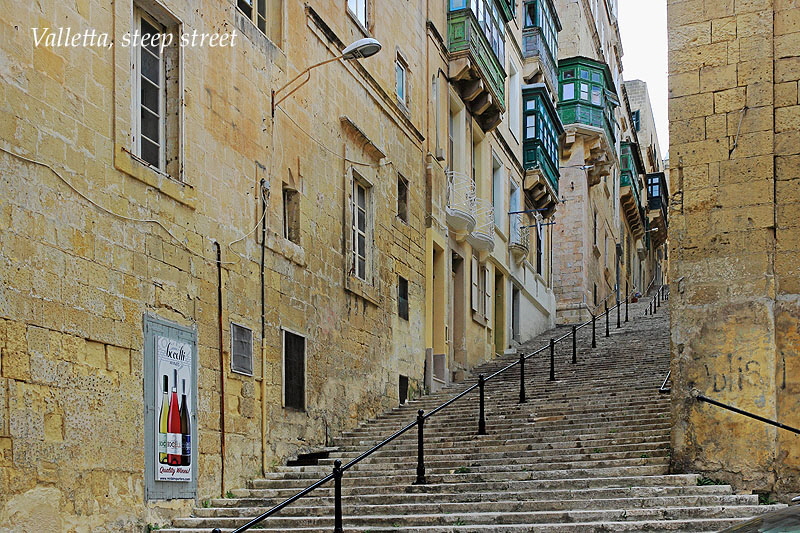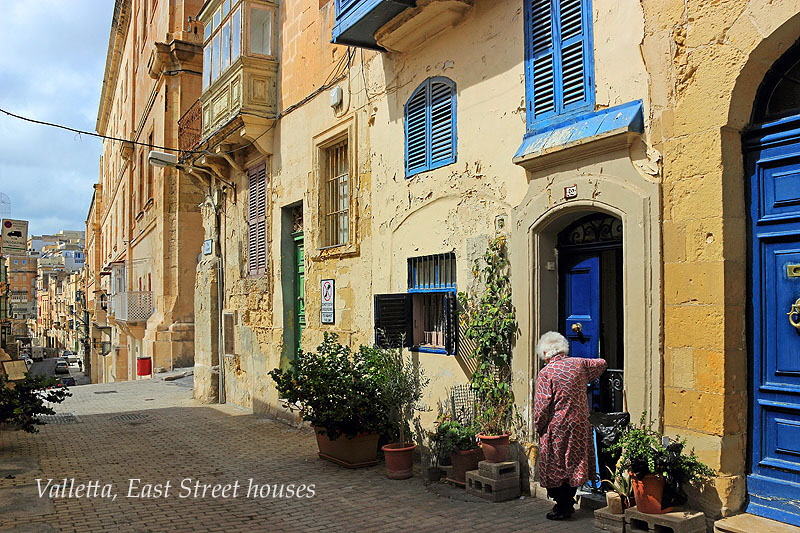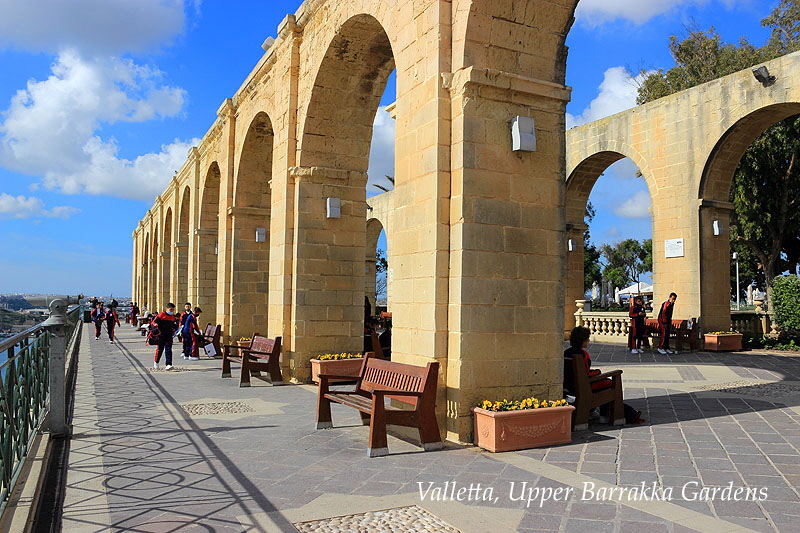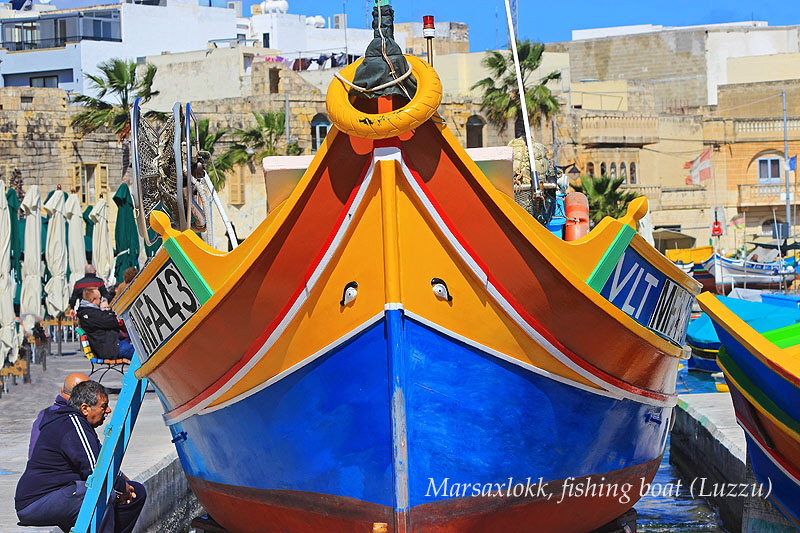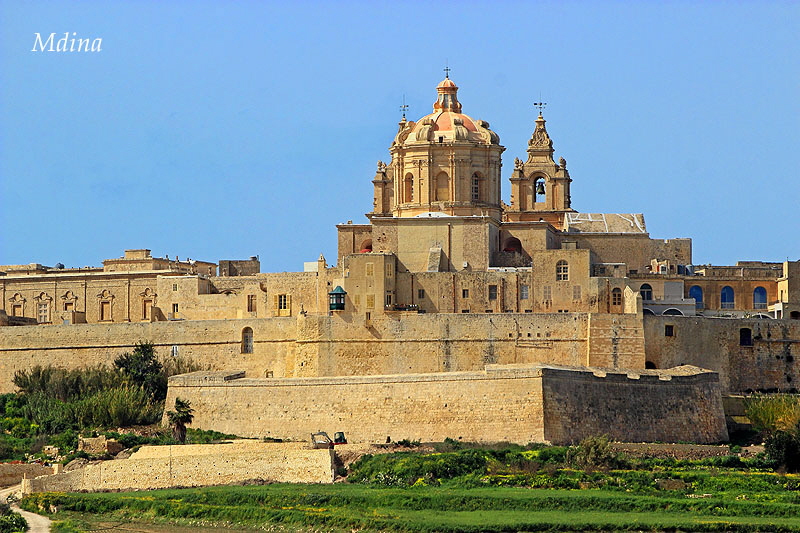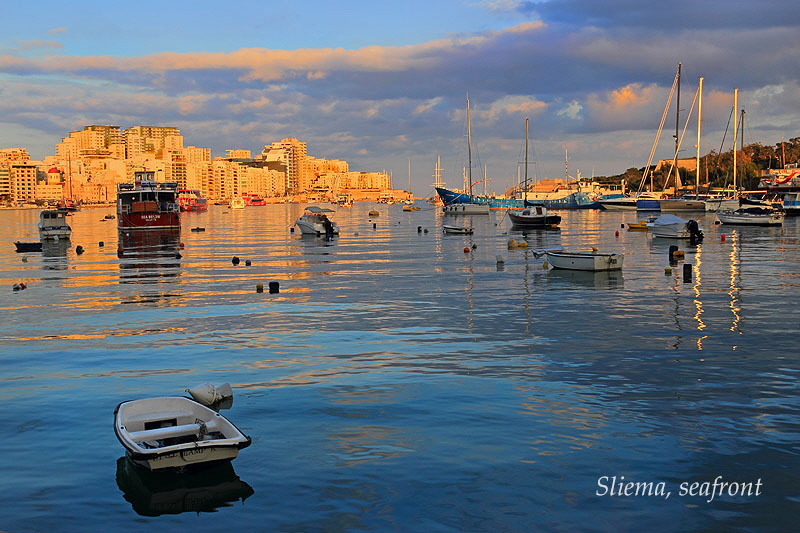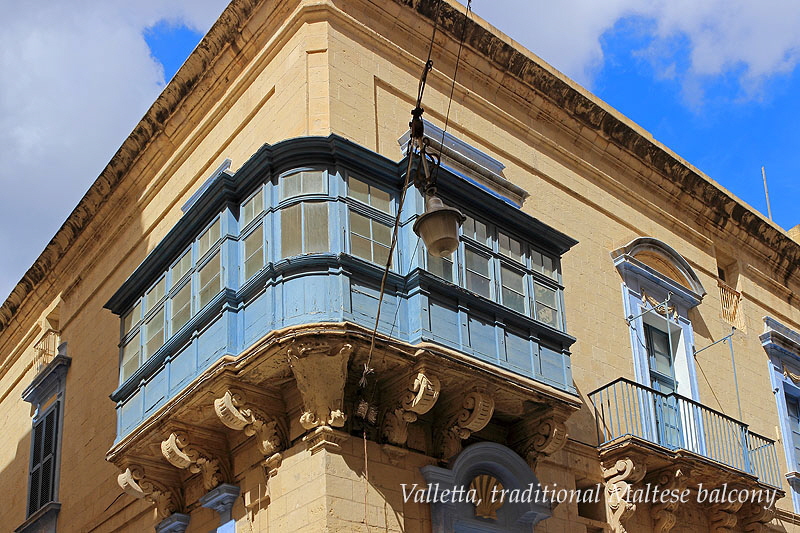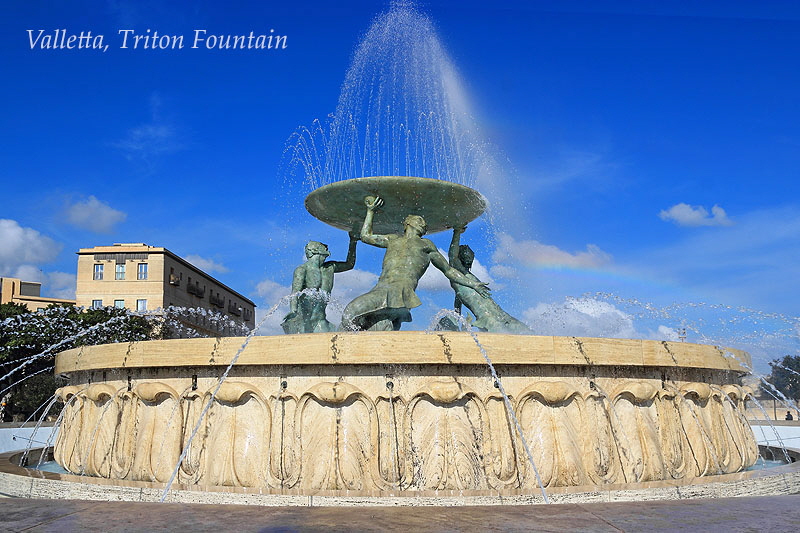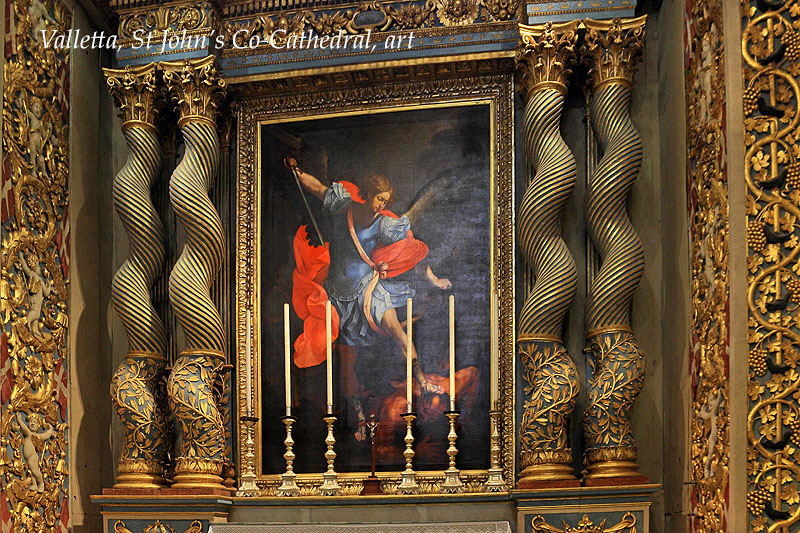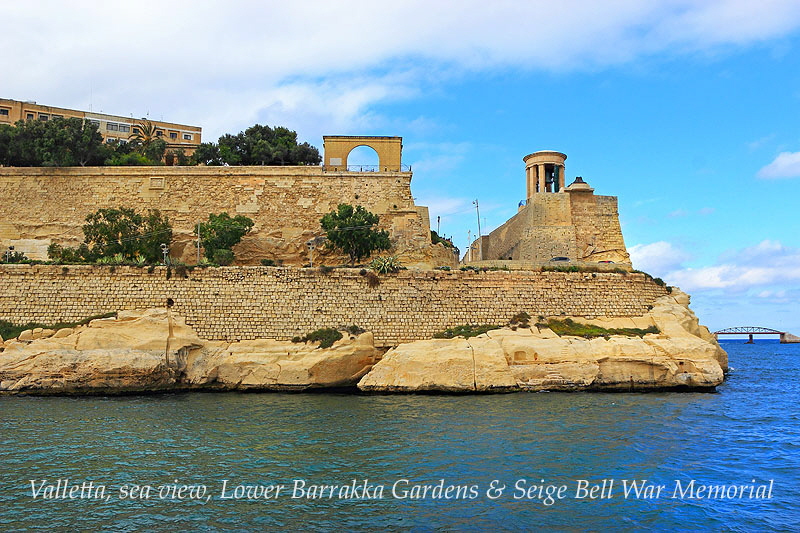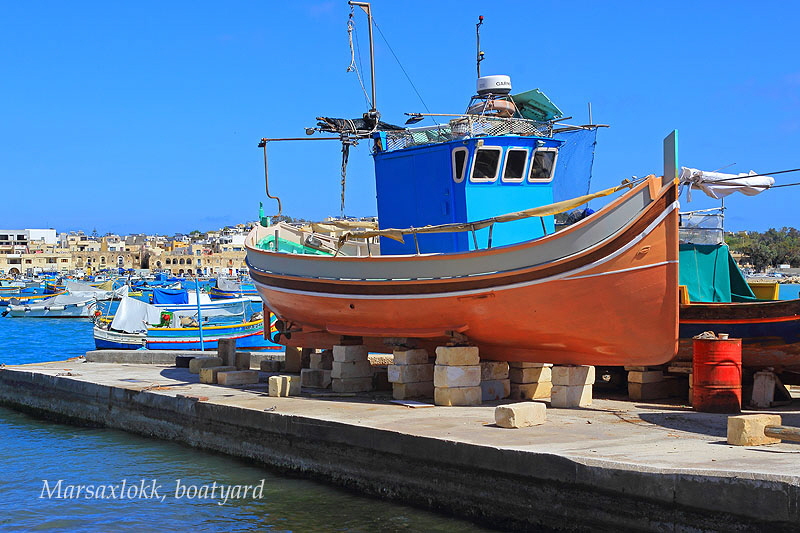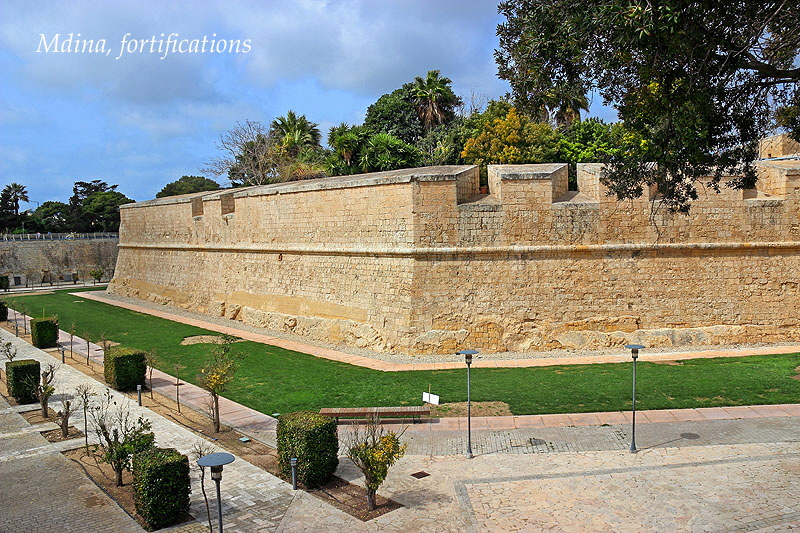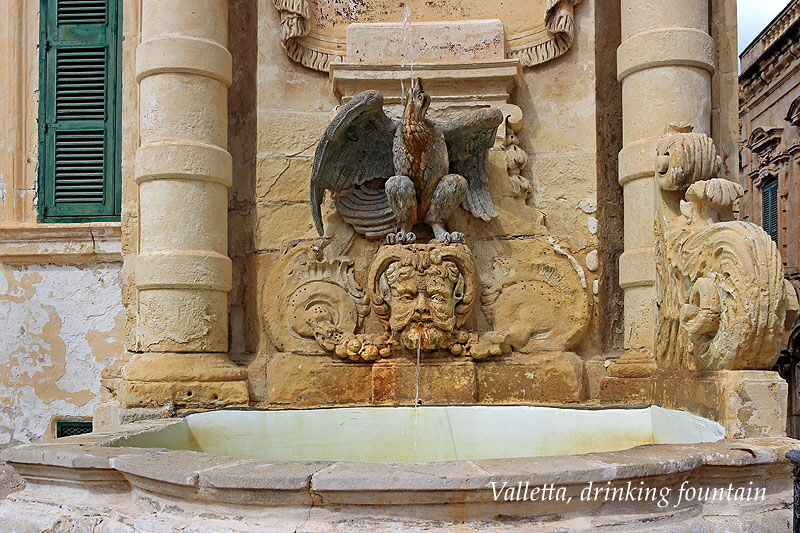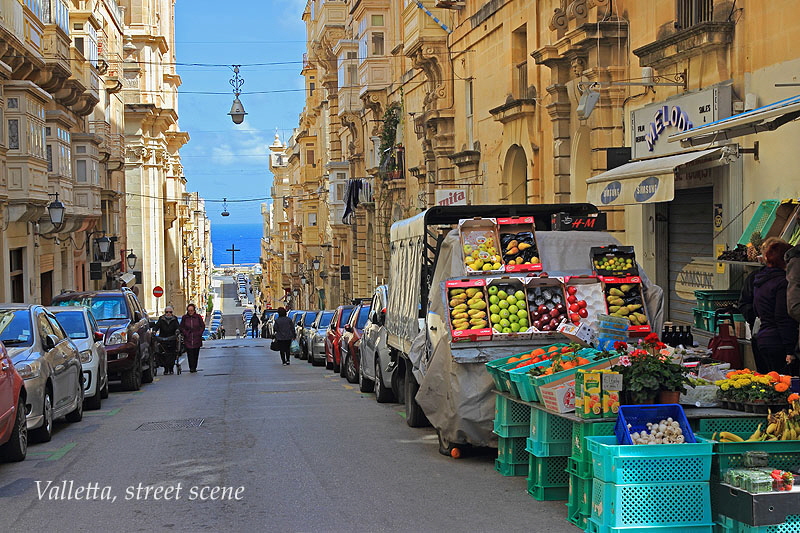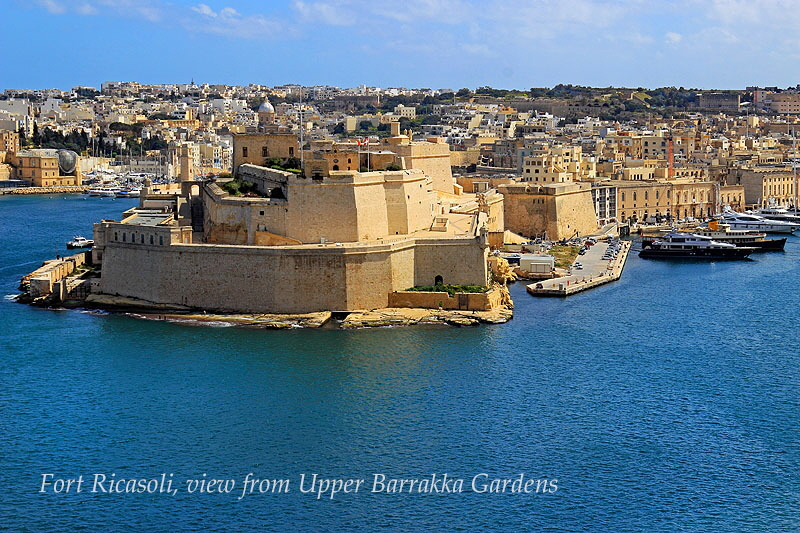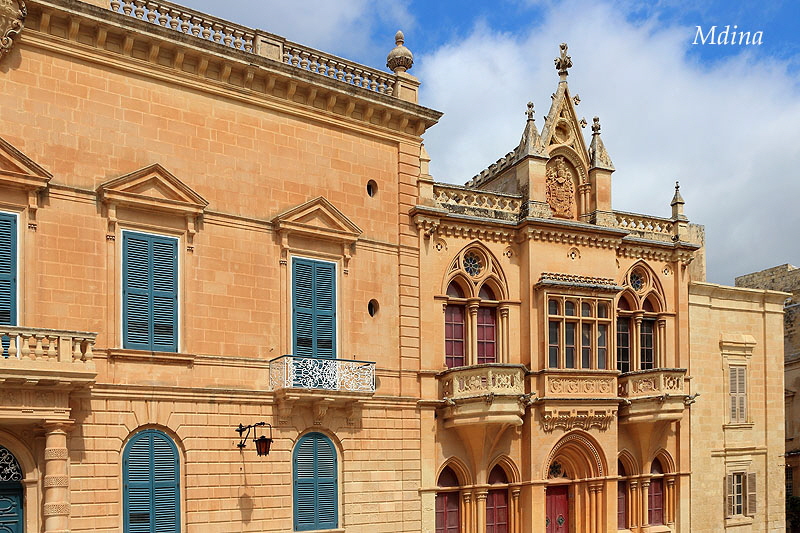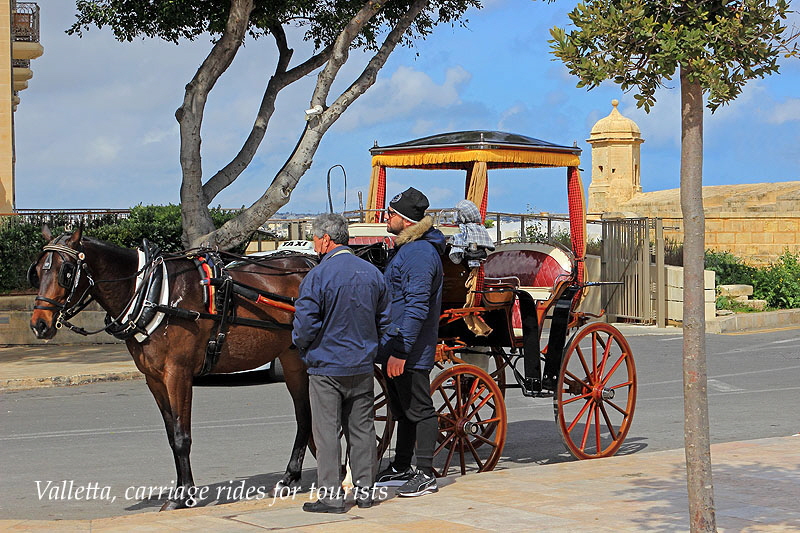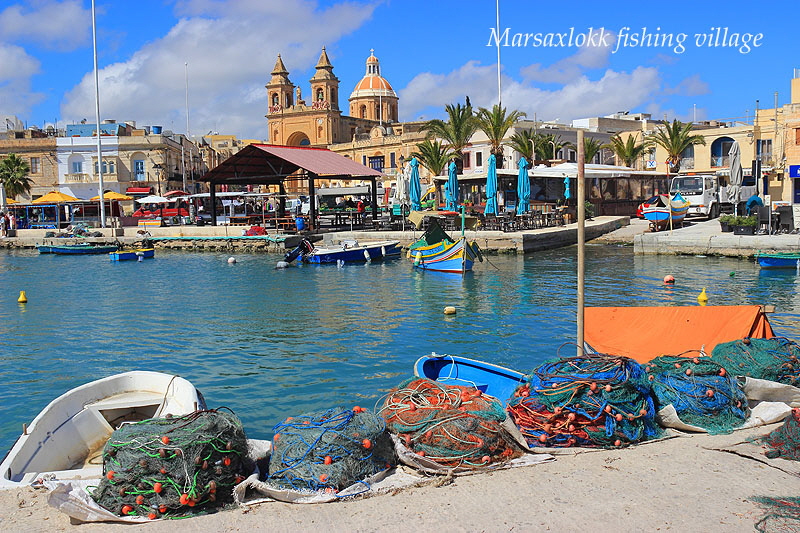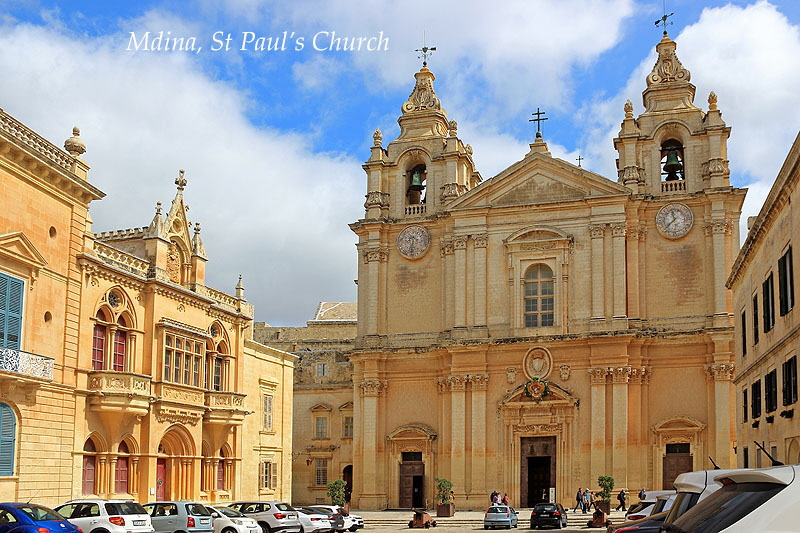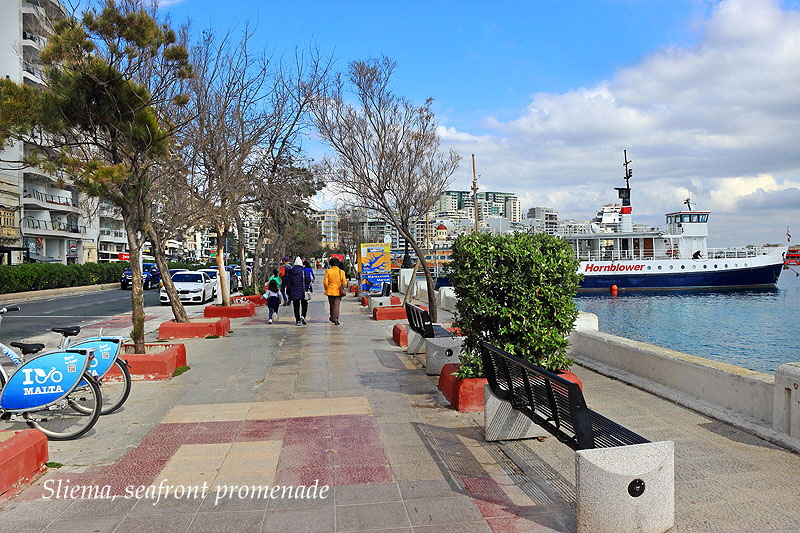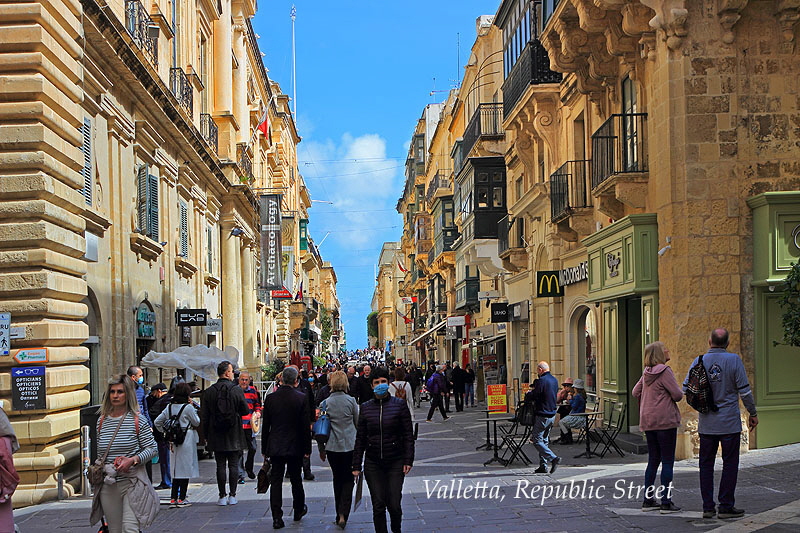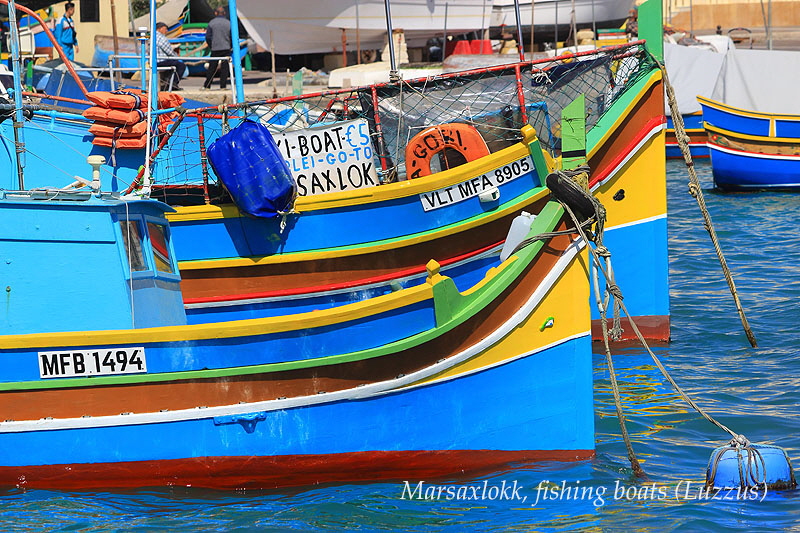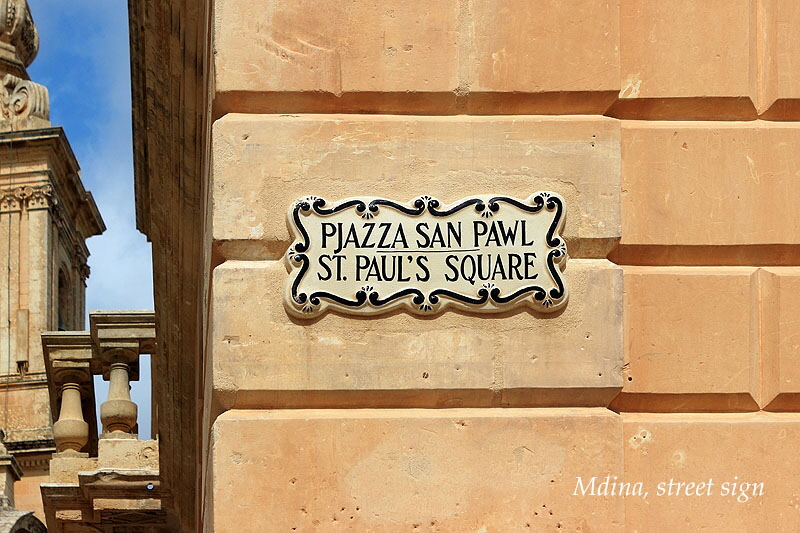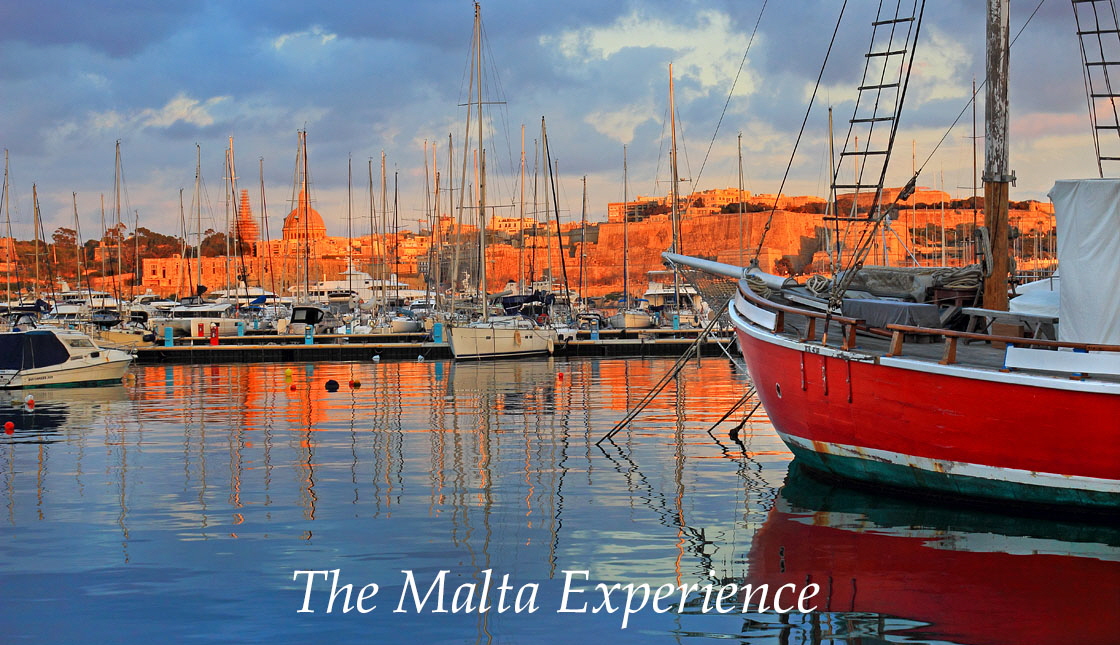
One visit may not be enough
Valletta, sunset
It was my third visit in twenty years. I am not quite certain what exactly draws me to the Maltese islands, whether it’s the people, the archaeological sites, or simply a relaxing holiday destination. Perhaps all three.
Make no mistake, there is a lot to see in Malta, along with its sister island Gozo (see feature). And seeing the entire island from the air as you come to land at Luqa airport it doesn't seem possible. The attractive coastline is indented by dozens of small bays sheltering tiny multi-coloured fishing boats. And the countryside is dotted with honey-coloured architecture, flat-roofed houses and large-domed churches. Amidst all this are findings of a civilization going back nearly 6000 years.
Fortified cities
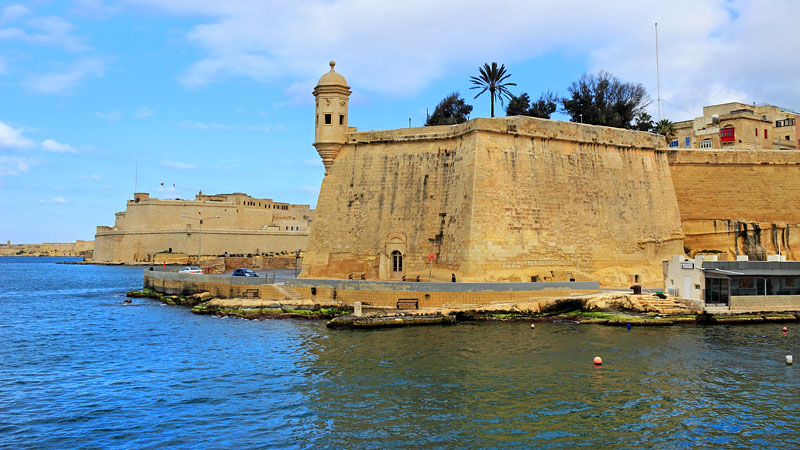
For an island nation that’s a mere 17 miles (27km) long and 9 miles (14.5km) wide, Malta has had more than its fair share of invasions and occupations. As a result, this much fought over piece of land has absorbed many different cultures into a unique blend of its own. Traces of French, Italian, and Arabic influences can be detected in its language, its cooking and its architecture.
The Maltese people are justly proud of their island. They’re friendly, they go out of their way to be helpful to visitors and you’ll find them more than willing to talk about their country (most locals speak English). Signposts and menus are also in English and driving is on the left, so you won’t feel like a stranger for long.
For those who are not avid beachcombers, then staying in Valletta, the island’s small capital is a perfect base from which to explore the city as well as the rest of the island.
Of course, top of any visitor’s itinerary should be the island’s fortified capital. It’s at its most romantic at dusk when the evening light catches on the yellow ochre-coloured buildings and casts a golden glow over the entire city. In Valletta’s crowded steep narrow streets you’re surrounded by the living history of centuries-old churches and houses adapted for modern-day use.
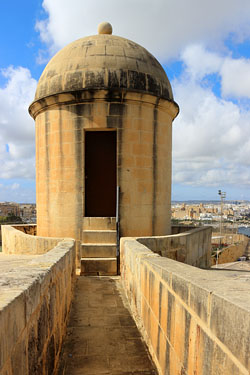
Valletta’s steep narrow streets
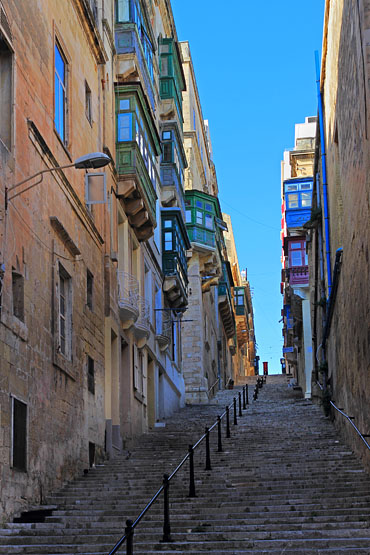
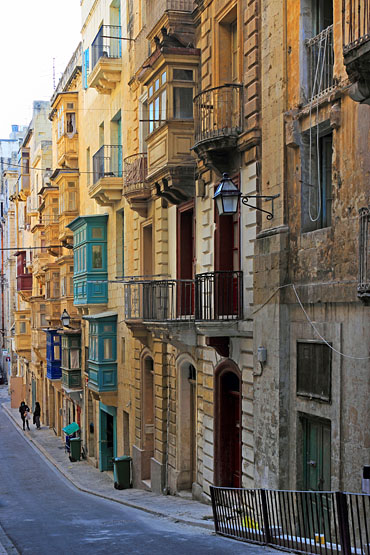
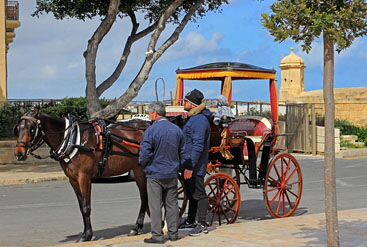
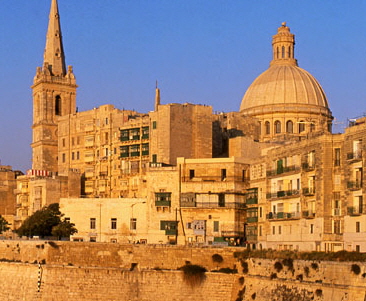
Evening light on Valletta
In the centre of the city, the late 16th century St John’s Co-cathedral echoes the gasps of tourists discovering the splendour for the first time. What distinguishes St John’s Co-cathedral from the rest of the island’s churches is the sheer elaborate interior, with frescoes, ornate marble tombed floors, decorative nave, glistening carvings, statues, and paintings. It’s not a place to be rushed. Just sit on one of the benches and be awed by the spectacle. The cathedral is very much an important island landmark and a veritable feast of Baroque art and culture.
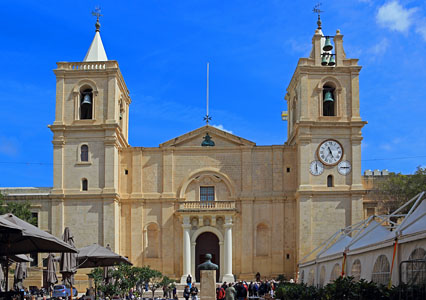
Grand interior of St John’s Co-Cathedral
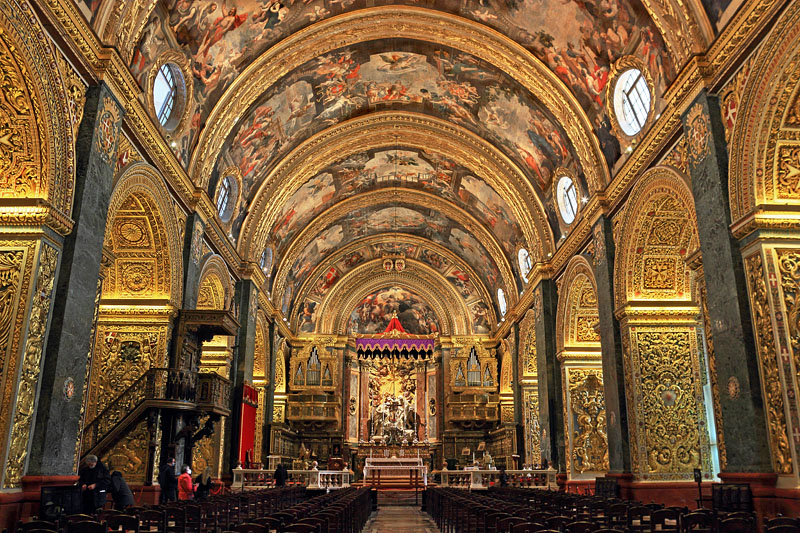
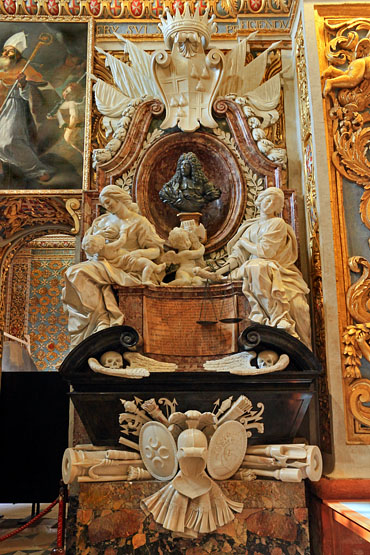
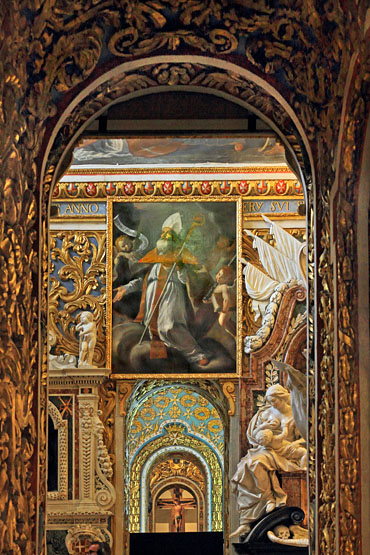
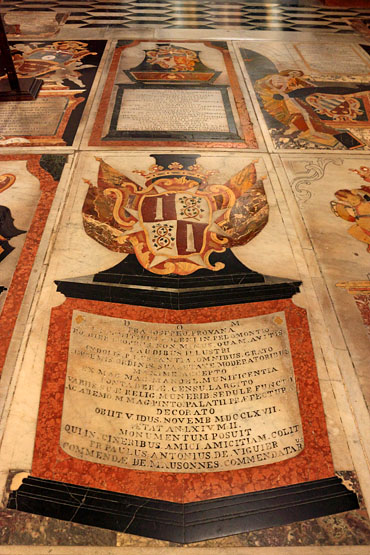
Marbled tombed floors
The entire city is like a museum, with statues and memorials scattered around, and perfect for meandering at your own pace and taking in the atmosphere. One feature that defines Malta’s urban character and architecture is the house balcony. Unmissable colourful traditional balconies are an integral part of the city and throughout the island.

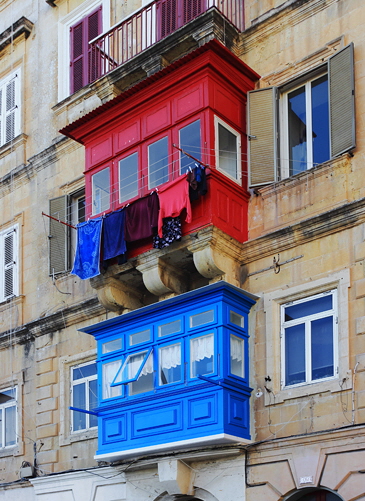
Being a small city, and space is sparse, it nevertheless has some beautifully landscaped gardens to explore. These tranquil places also come with magnificent vistas and photo opportunities.
Starting near the Triton fountain by the city gate is the fortified Hastings Garden, complete with a monument to Lord Hastings, the former British governor of Malta, and lovely views of the port area and beyond.
Hastings Garden

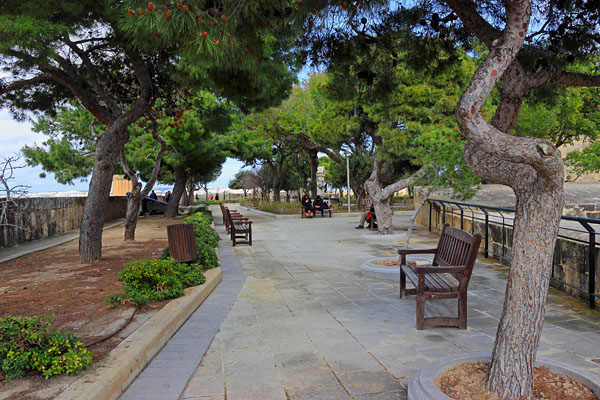
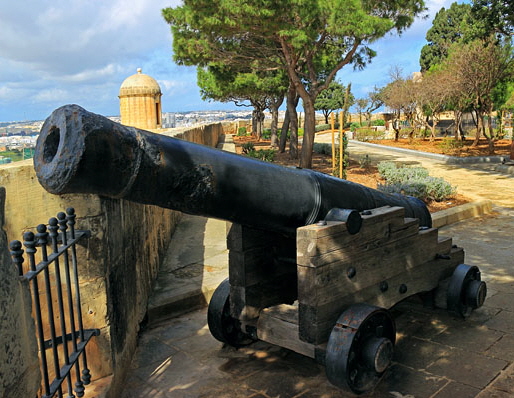
To the east side of the Triton fountain is the Herbert Ganado Gardens, with subtropical plants and walking paths, and views of the Grand Harbour.
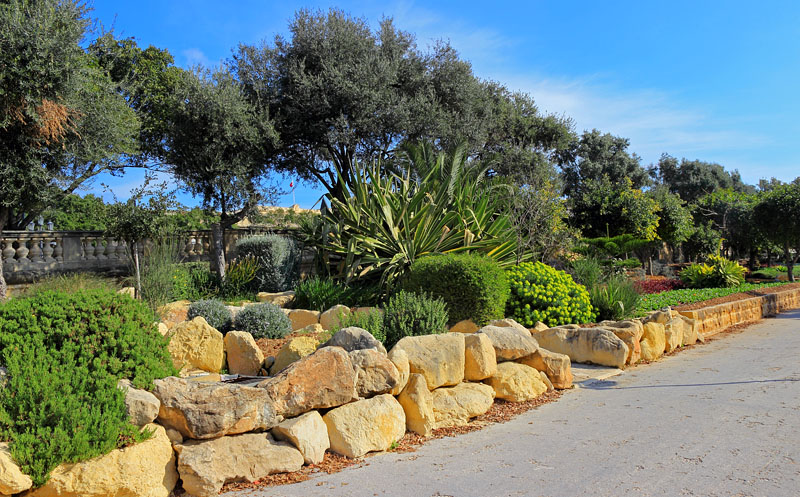
Herbert Ganado Gardens
Further north is the Upper Barrakka Gardens with uninterrupted views across the Grand Harbour and three other cities across Valletta. The beautifully landscaped areas with a colonnaded terrace are a perfect place to relax when your feet tire walking uphill and downhill in the city. There are also several sculptures including a bust of Winston Churchill. Right below the gardens is the ‘Saluting Battery’ with its row of canons, one which is ceremoniously fired
at noon and 4pm every day.
Upper Barrakka Gardens
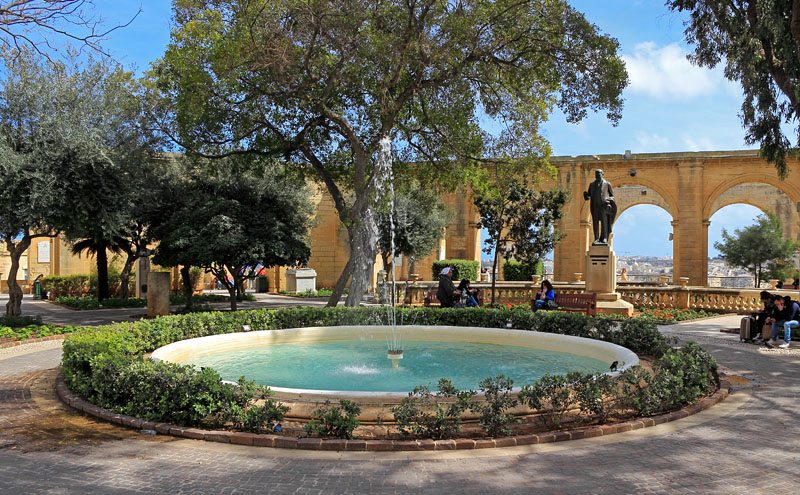
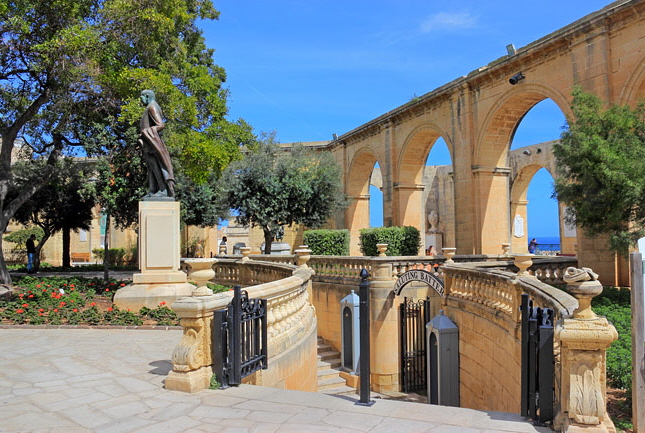
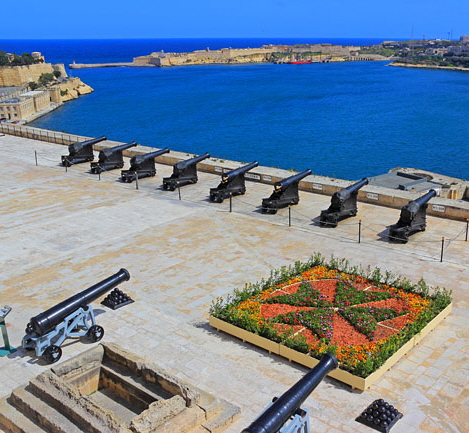
At the northern tip of the city is the Lower Barrakka Gardens. Covered in greenery, its central feature is a Greek-style temple, a monument to British naval office Sir Alexander Ball. It’s yet another beauty spot with great views of Fort Ricasoli and Fort St Angelo of the cities overlooking Valletta.
Lower Barrakka Gardens

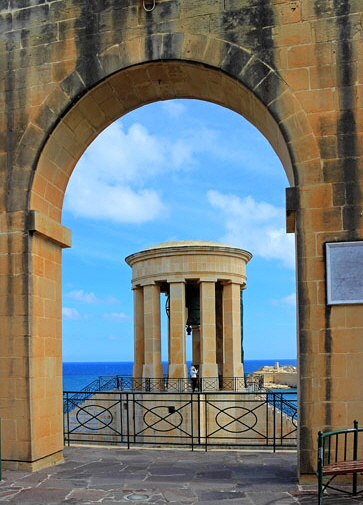
Exploring the resort towns
Towns like Sliema and St Julian’s are within easy reach of Valletta. Just a 10 minute ferry crossing will bring you to the very tourist-trodden town of Sliema. It’s well worth spending an afternoon strolling along the seafront promenade or taking a harbour cruise.
A 15 minute bus ride from Sliema will also bring you to St Julian’s, also a coastal town. Once a sleepy fishing village much of it has disappeared, being replaced by hotels, restaurants, and like Sliema, popular with tourists. But early morning you could still find a few fishing boats and activity in the town’s harbour and adjacent Spinola Bay.
Sliema, view towards Valletta
Sliema
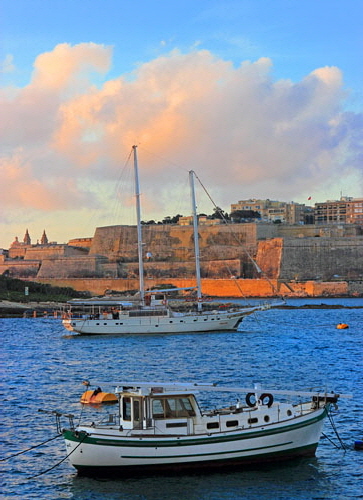
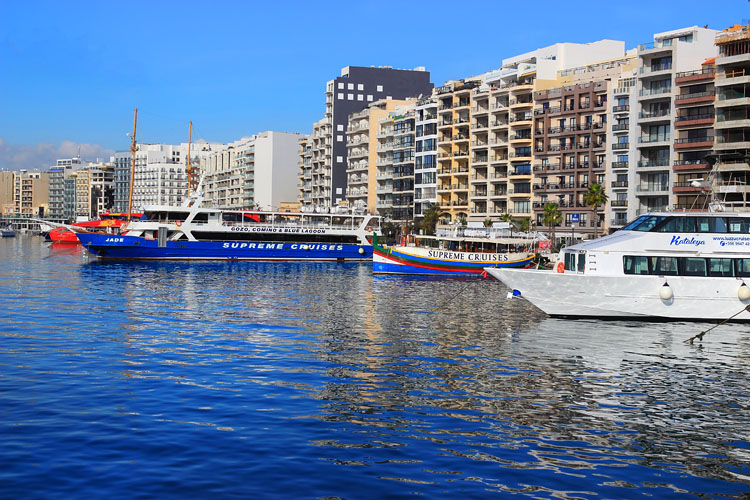
A civilization that goes back 6000 years
The island is peppered with prehistoric caves, stone temples, and underground tombs. Listed by UNESCO as a World Heritage Site, the underground Hypogeum, dates back to the Bronze Age. The dimly lit subterranean three-level structure is well preserved, and only allows small groups at a time to visit.
Hypogeum
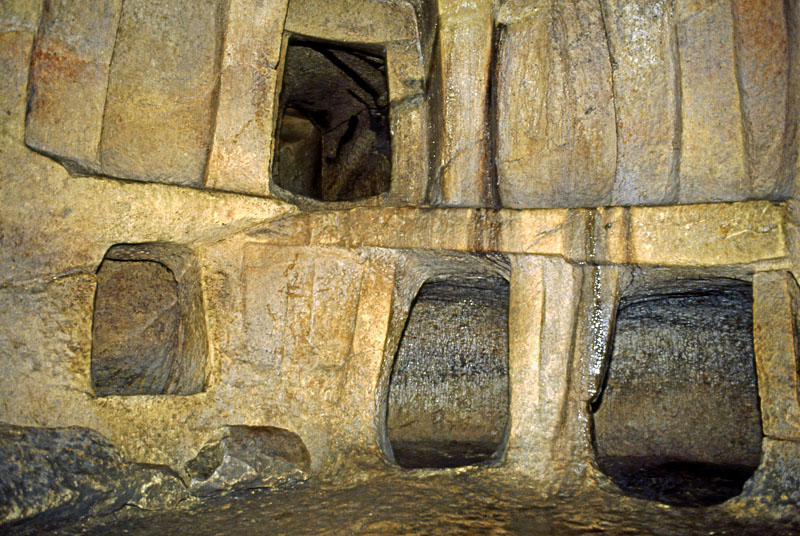
There are several Neolithic temple ruins around the island. Many date back to 3000-4000 BC. Who built them still remains a mystery. One cannot help but marvel at the skill of stone carvings of structures, pillars, and doorways and how they have survived close to six millenniums. One of the oldest sites on earth is at the Hagar Qim Archaeological Park, the nearby Mnajdra temple, and Tarxien sites. These places are best visited on guided tours to appreciate its history and amazing craftsmanship.
Hagar Qim
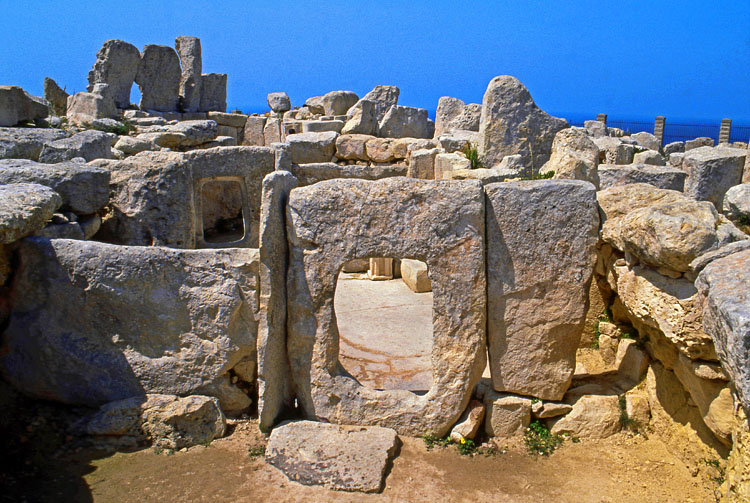

Take a wander around the old capital
Mdina in Malta is the little hillside fortified city and once the island’s capital. And the best way to begin enjoying this beautiful place is from afar, with the surrounding countryside and greenery. Then enter through the 17th century Baroque gateway. Also a World Heritage Site, the city is filled with Medieval architecture, churches, and fortifications.
Mdina
Mdina, 17 century gateway
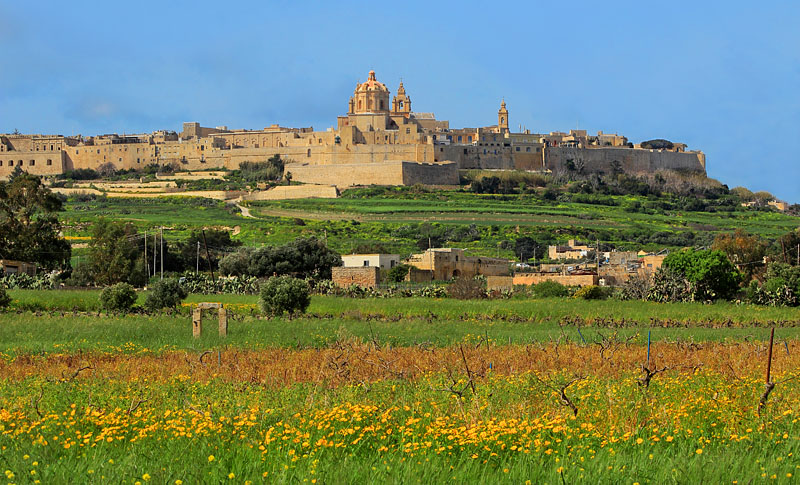
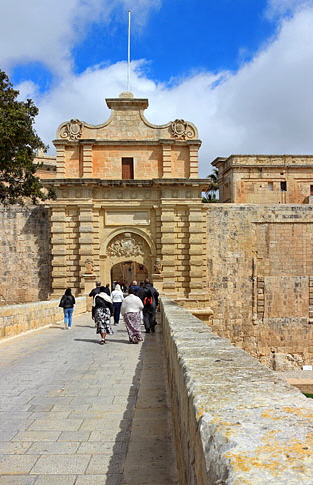
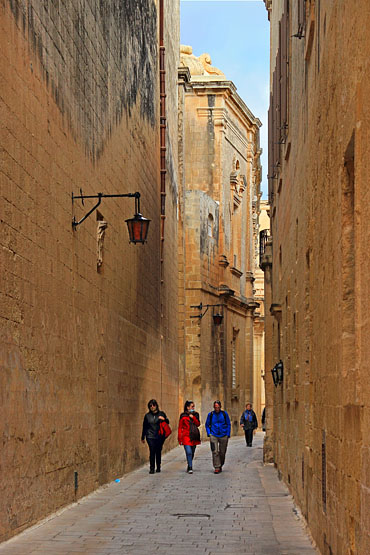
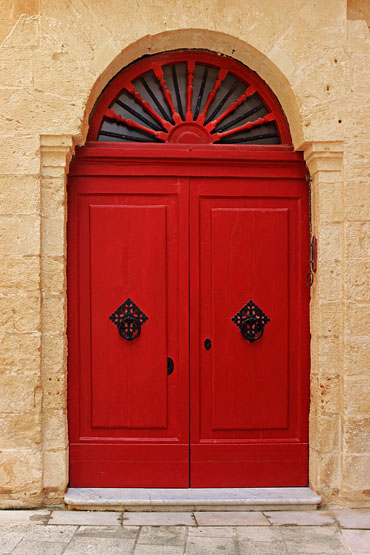
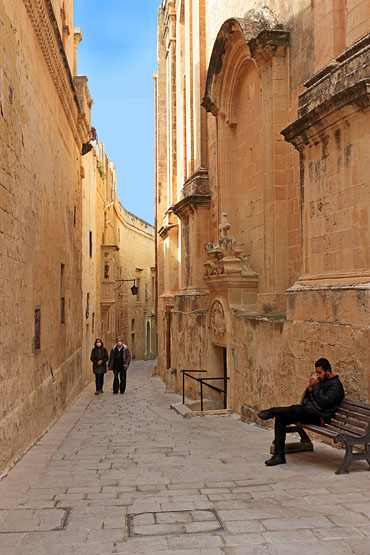
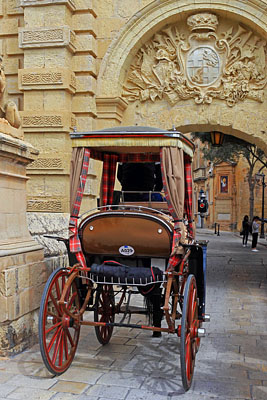
With a population of no more than 250 residents, and nicknamed ‘the silent city’, it should be a quiet and atmospheric place except for the hundreds of tourists that visit every day. Yet it is an enchanting place to stroll around the narrow winding streets, alleyways, and squares. The windowless houses and closed doorways depict when first built, the city was under constant threat of invasion.
Come off-season when the crowds are less, and take a short horse-drawn carriage (Karrozzin) ride just for the fun of it. Climb upon the Mdina fortress walls for spectacular views of the countryside, visit St Paul’s Cathedral, and then onto lunch at a tiny restaurant on site.
Mdina, St Paul’s Cathedral
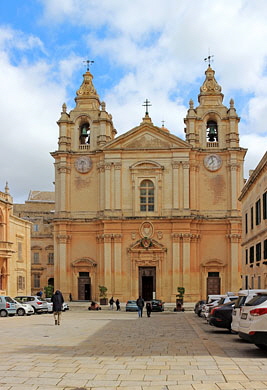
Mdina, view from city walls
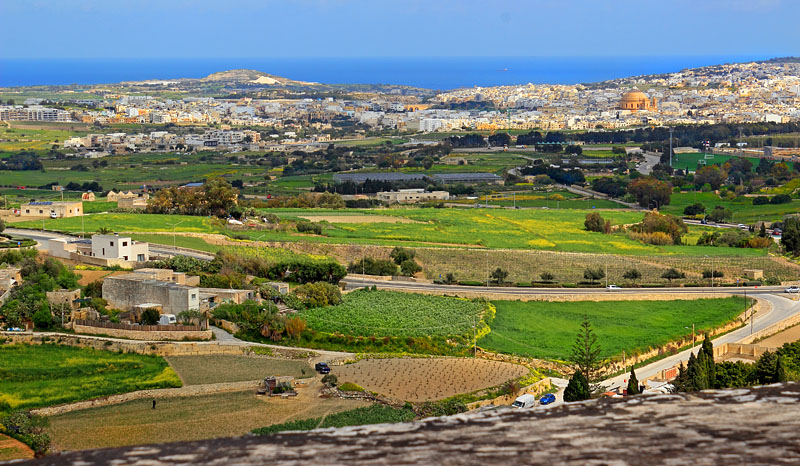
365 churches - one for every day
Apart from archaeological sites, if there is one other thing about Malta that stands out in the memory more than anything else, it’s the churches - all 365 of them! The Maltese are devout Catholics who believe the size and beauty of a church reflect the depth of faith and devotion of its congregation. The place of worship is always built in the centre of a village and it’s the focal point of the community. Their devotion is further evident with charming little palques and statues that adorn house fronts and doorways.
Religious symbols on house fronts
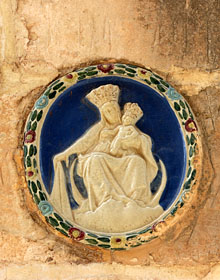
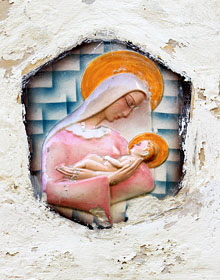
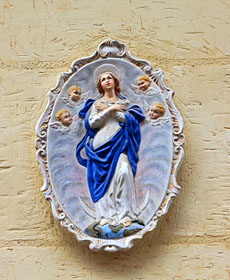
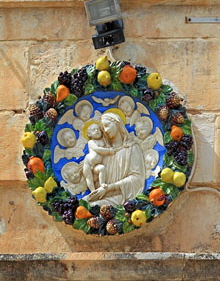

Apart from St John’s Co-cathedral in Valletta, the second most important religious building on the island is the Mosta Rotunda Church. Built between 1830-60, it is located right in the middle of the busy town of Mosta. The church is famous for its huge dome and magnificent paintings by Maltese artists. It also gained notoriety during the Second World War when a bomb crashed through the dome but did not explode and spared the lives of all 300 worshippers inside. Today, a replica of the bomb is on display. The exterior of the neo-classical building is impressive with a six column facade, two bell towers on either side, and the rotunda behind. It is a lovely sight to sit at an outdoor cafe on the square and admire the view right in front of you.
Mosta Church dome
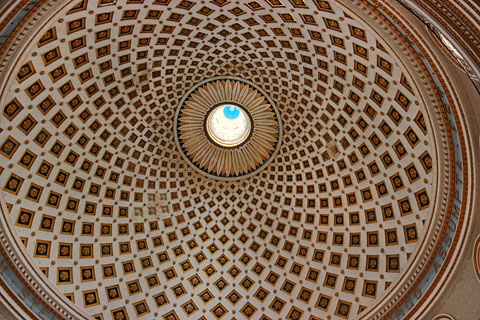
Mosta Rotunda Church
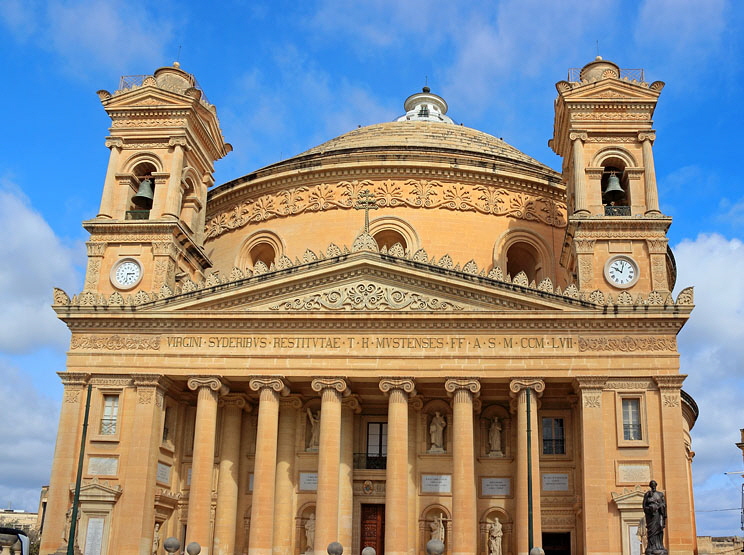
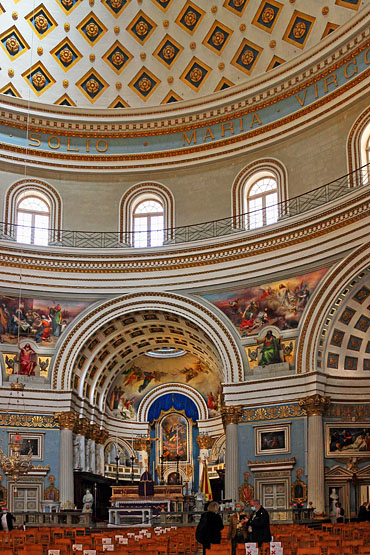
From countryside to seaside
Fishing being the livelihood of many in the coastal towns, there are several traditional fishing villages to visit. None more popular than the village at Marsaxlokk. This picturesque spot is a must visit. Apart from the growing numbers of visitors over the decades, hardly anything has changed and Marsaxlokk still reflects the typical Maltese way of life, with fishermen washing down their boats, or mending nets in the sunshine.
Marsaxlokk
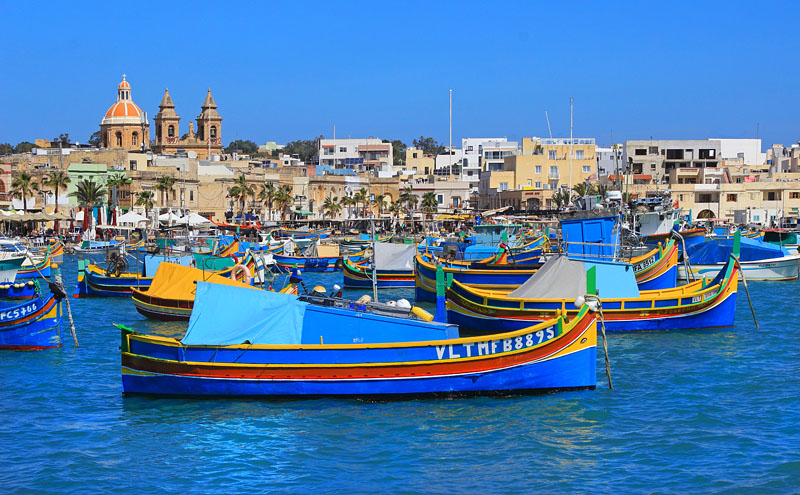
The best time to visit is on a Sunday morning when the fish market and craft stalls are also open. The harbourfront is teeming with those famous multicoloured boats (Luzzus) and is a perfect picture-postcard sight for photographers. The front of the painted boats also has a pair of engraved eyes named after the ‘Eye of Orisis’, which follows an ancient Phoenician tradition, or superstition. It is a symbol of protection for fishermen when out at sea. The waterfront is also a hive of activity as the plethora of restaurants prepare the tables outdoors for the busy lunch time tourist trade.
Boat design with ‘Eye of Orisis’

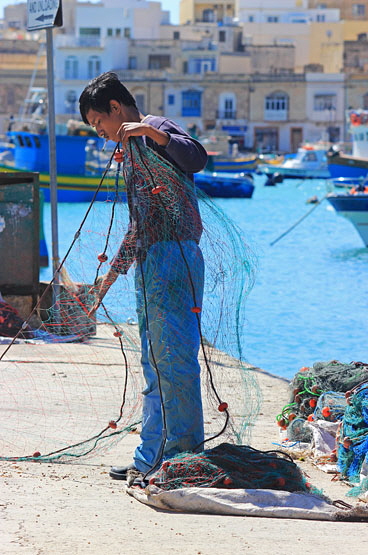
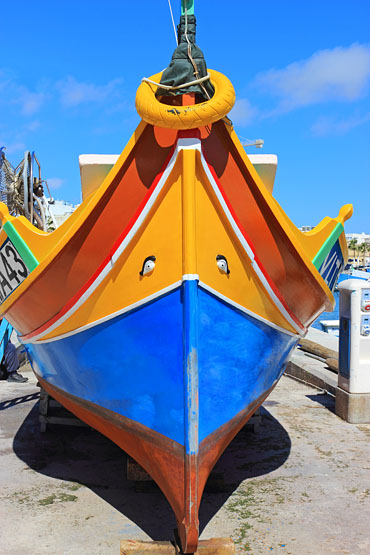
While only a few of my favourite sights and places are mentioned here, armed with a good guidebook that will tell you much more, a holiday in Malta will be a truly rewarding experience.
Fact File:
Getting there: Many low cost airlines operate from UK’s regional airports and scheduled airlines like BA and Air Malta fly from London Heathrow.
Getting around: Car rental is popular although the extensive local bus service will take you to almost every interesting visitor site. Fares are cheap (1.50 Euros per ride - April 2022). If you intend to use the buses frequently, then purchasing a travel card that gives you unlimited travel is good value.
Best time to visit: Resort hotels and coastal areas can get crowded in the Summer months. I found March-April and October the best months to visit.
Shopping and dining: In Valletta, Republic Street which runs almost the whole length of the city is packed with shops and restaurants. However, if you’re looking for traditional Maltese crafts like hand made pottery, lace, and knitwear, you’ll find a better choice and less pricy in small towns and villages.
Maltese cuisine: Authentic Maltese food is hard to come by in restaurants, where the Italian influence is very much in evidence. Traditional dishes are rabbit stew, ravioli stuffed with ricotta cheese, shellfish soup, timpana (macaroni in a pastry case) and bragoli - slowly cooked bundles of beef.
Popular snacks are cheesecakes, or pastizzi as the Maltese call them. Nothing like our cheesecakes, they are savoury pies filled with ricotta cheese and covered in a flaky pastry. Peacakes are an equally delicious variation. Maltese bread is particularly tasty - crisp and crusty on the outside and soft in the middle. The local wine is good, inexpensive, and surprisingly potent. And the local beer Cisk is a good thirst quencher in the warm sunshine.

28 images here ©JAYTRAVELPHOTOS
© COPYRIGHT notice. The images on this site are for viewing only.
To purchase any, for personal or commercial use, please contact us at jaytravelphotos@aol.com
____________________________________________________________________________________________________________________________________________

